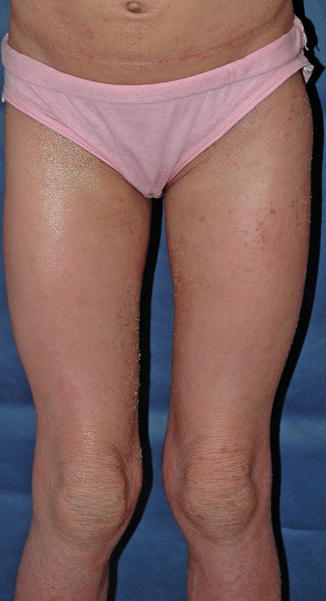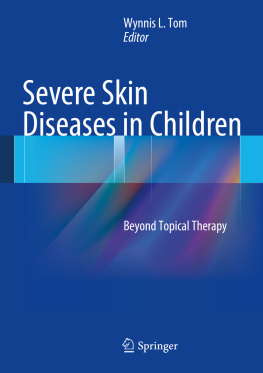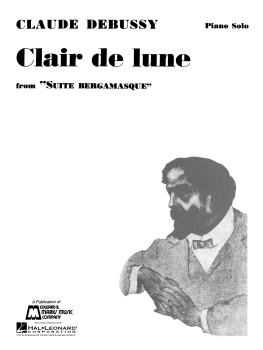1. Atopic Dermatitis
Abstract
A small proportion of children with atopic dermatitis continue to have considerable disease despite multiple attempts to optimize topical and adjunctive treatments for epidermal barrier repair and control of the associated inflammation and itch. Systemic agents may be appropriate for such cases, but their use does require careful thought and discussion of short- and long-term benefits versus risks. Currently available agents are reviewed here, along with additional considerations before and during therapy.
Atopic dermatitis (AD, commonly called eczema) has been increasing in prevalence over time and currently affects about 20 % of children in developed countries []. While the majority is adequately managed using topical treatment regimens, a small group of patients continue to have severe, persistent disease. Phototherapy is one therapeutic option that can be used, but may not always be feasible or effective as well. Systemic agents may be appropriate for such cases, but their use does require careful thought and discussion.
1.1 Phototherapy for Atopic Dermatitis
The observation of clinical improvement during summer months prompted clinicians to utilize phototherapy, the controlled exposure of skin to light, as a potentially viable treatment for AD patients with persistent, widespread disease. Various wavelengths, particularly within the ultraviolet (UV) spectrum, have shown benefit for AD []. With the exception of oral psoralen given with UVA (PUVA), phototherapy has the advantage of being an externally administered treatment, and thus avoids the risk of systemic toxicities. It does need to be dosed carefully to avoid excessive erythema and burning. This is usually based on an individuals minimal erythema dose (MED) and/or Fitzpatrick skin type. The risk of cataract development can be reduced with protective glasses during treatment and regular use of sunglasses that block UV light when outdoors.
Only a small number of randomized controlled trials (RCTs) have been conducted on the use of this treatment modality for atopic dermatitis. In 2007, Meduri et al. []. Unfortunately, none of the above RCTs included children.
Subsequently, Clayton et al. [].
There are some other disadvantages to phototherapy. Administration requires frequent office visits two to three times weekly, which can be time consuming and financially burdensome for families, especially for those who live a considerable distance from clinics. Home phototherapy units may alleviate some of this burden, when able to be obtained. UVA1 units though are not widely available for home or office use at the current time. Administering phototherapy also requires patient cooperation, which may be problematic for younger children with difficulty standing alone in a confined space and/or complying with eye protection measures. Understandably, many providers are reluctant to use prolonged courses of UV phototherapy in children, especially in those with lighter skin types, due to concerns of photoaging and future risk of cutaneous malignancies []. Evidence-based, standardized guidelines regarding the use of phototherapy in children do not exist at this time.
1.2 Indications for Systemic Therapy and Pretreatment Considerations
No systemic therapy is approved by the United States Food and Drug Administration (USA FDA) for the treatment of AD in children or adults, and the most effective agents at this time are immunosuppressants. As such, patients and parents need to be consented and thoroughly counseled regarding potential side effects, as well as short-term and long-term benefits versus risks. Systemic therapy is understandably reserved for only the most severely affected patients with the greatest burden of disease and morbidity. Such patients continue to have considerable disease despite multiple attempts to optimize topical and adjunctive treatments for epidermal barrier repair and control of the associated inflammation and itch: they suffer from frequent, severe flares despite high-potency topical corticosteroids (Fig. ], prolonged or repeated inpatient management is not feasible as long-term therapy at most centers given the high cost.
Fig. 1.1
12-year-old female with repeated severe flares despite trial of multiple mid- and high-potency topical steroids and adjunctive treatments
Fig. 1.2
A 10-year-old female with very lichenified plaques due to chronic severe disease
Such refractory AD would be unusual before the age of 3 years. Younger children can often be managed with use of techniques such as soaking and immediate smearing of topicals, applying wet wraps to increase penetration of topical agents and provide a physical barrier, and covering of the hands and feet to limit scratching []. In older children, however, it becomes more difficult to impede their ability to scratch despite attempts to coach, and they are much more agile at removing coverings and wraps.
It is important to consider if the diagnosis of AD is correct in cases of refractory disease. Occasionally, a skin biopsy may be indicated to confirm the diagnosis and to rule out other entities such as psoriasis or cutaneous lymphoma. In addition, allergic contact dermatitis (ACD) can be a confounding factor [] or use of a short course of a systemic agent followed quickly by an attempt to patch test, but these are not often easy feats to accomplish.
As provider, patient, and parent can all attest, topical management of atopic dermatitis is time consuming, and parents and children with severe, chronic disease are often understandably frustrated when such efforts are not rewarded with substantial clinical improvement. Many have lost faith in the ability of physicians to control the disease and need re-establishment of the patient-provider relationship. After garnering the agreement of all relevant parties to institute systemic therapy, it is important to set appropriate expectations as to response and need for recurring follow-up evaluations. While the successful use of systemic agents can be a rewarding experience, it is not necessarily easier than topical therapy alone. Patients require frequent blood draws, clinic visits for close monitoring, and will likely need to continue intensive topical therapy, at least initially. Systemic therapy is not a substitute for daily management of disease with topical emollients and other therapies, and should not be considered a short cut. Because most systemic agents are pregnancy category C, D, or X, discussion of appropriate contraceptive methods and baseline and periodic pregnancy testing are needed for females of childbearing age.














